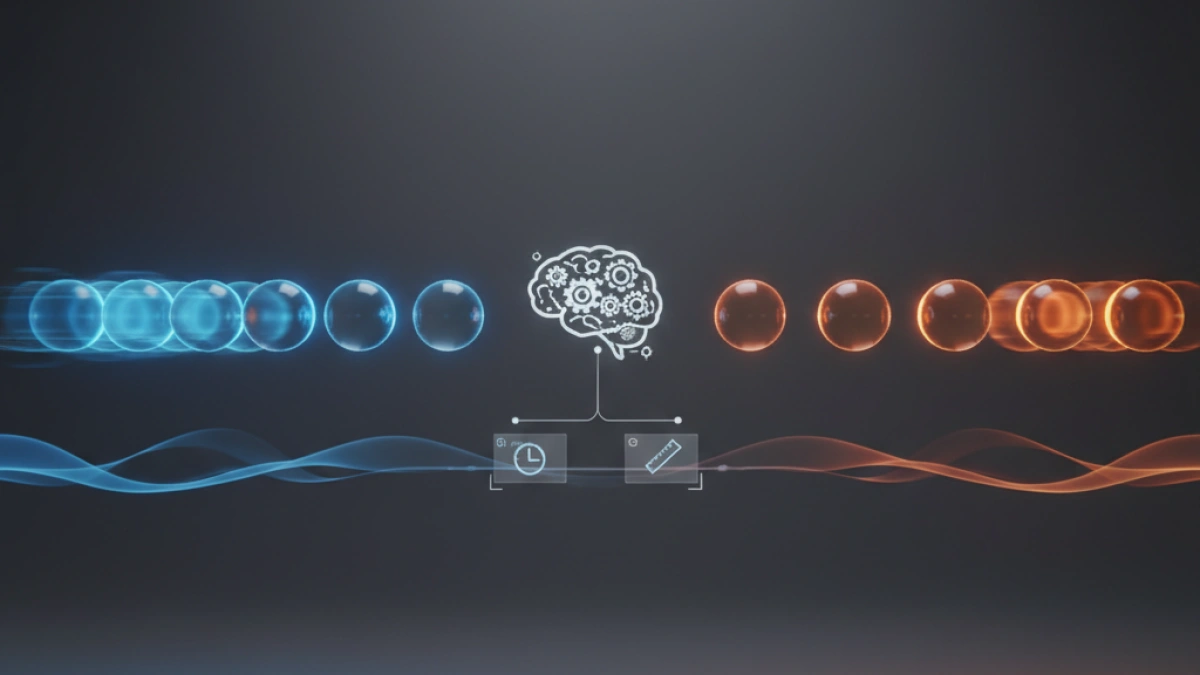What is the difference between Timing and Spacing in Animation?


Animation is a complex art that combines creativity and technique. Two fundamental concepts that often cause confusion among animators, whether beginners or experienced, are Timing and Spacing. Below, we will explore these two terms in depth, their meanings, importance, and the key differences between them.
What is Timing in Animation?
Definition of Timing
Timing in animation refers to the duration of an action and the rhythm with which it occurs. In other words, it is the amount of frames that are allocated to a specific action. Timing affects how movement, emotion, and weight are perceived in animated characters and objects.
The Importance of Timing
- Expressiveness: Good timing can make the animation feel more expressive. For example, a fast action can convey energy, while a slow movement can evoke reflection or sadness.
- Realism: Proper timing helps actions feel realistic. Every movement in real life has a specific duration, which should be emulated in animation.
- Interaction: In a scene where characters interact, timing is also crucial. Each character must react at the right moment for the sequence to feel natural.
What is Spacing in Animation?
Definition of Spacing
Spacing, on the other hand, refers to the distance between frames or key poses in an animation. As the positions of the objects change from one frame to the next, the space between those frames determines the fluidity and speed of the movement. Good spacing management is vital to create smooth and effective transitions.
The Importance of Spacing
- Movement Fluidity: Spacing determines how smooth or abrupt a movement appears. Uniform spacing will result in constant motion, while variable spacing will create a more stylized or dramatic effect.
- Visual Dynamics: Spacing helps highlight action and guide the viewer’s gaze. Strategic spaces can add tension or anticipation to a scene.
- Speed Control: By manipulating spacing, the animator can speed up or slow down a movement. For example, a light and quick movement will have closer spacing, while a heavier movement will require wider spacing.
Key Differences between Timing and Spacing
Fundamental Concept
- Timing: Focuses on how long an action lasts.
- Spacing: Focuses on where objects are located in each frame.
Visual Aspect vs. Temporal Aspect
- Timing is primarily a temporal characteristic. It refers to how and when events happen in the animation.
- Spacing is considered a visual aspect. It deals with the visual behavior of objects in each movement.
Execution and Feelings
- Timing is more related to the emotions evoked in the viewer, as different durations in animation can provoke different reactions.
- Spacing affects the style of the animation, allowing the animator to play with the aesthetics and design of movement.
How to Improve Timing and Spacing
Practices for Timing
- Study Movement: Observe and analyze real movements to gain a better understanding of how they work.
- Animation Tests: Conduct short tests to experiment with different timings and see what works best.
Practices for Spacing
- Draw Trails: Sketching the path of a moving object can help understand spacing.
- Use Interpolation: Experiment with interpolation tools in animation software to visualize how spacing appears.
Conclusion
Timing and Spacing are two fundamental pillars in animation that, although different, must work together to create smooth and exciting movements. Understanding how they influence each other will allow animators to bring their creations to life more effectively.
By mastering both concepts, not only will you improve your animation skills, but you will also be able to captivate your audience with visual performances that resonate emotionally.
















